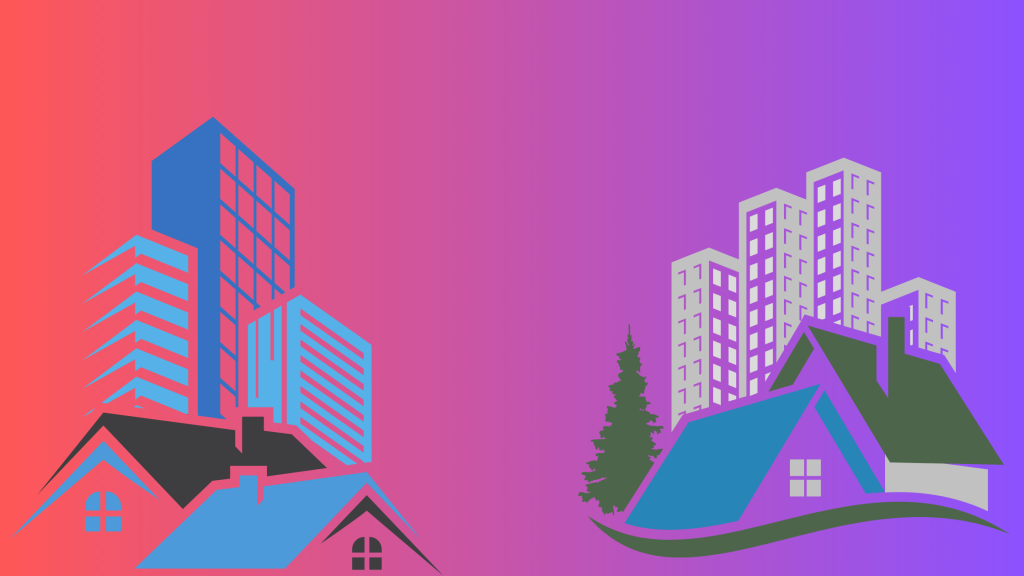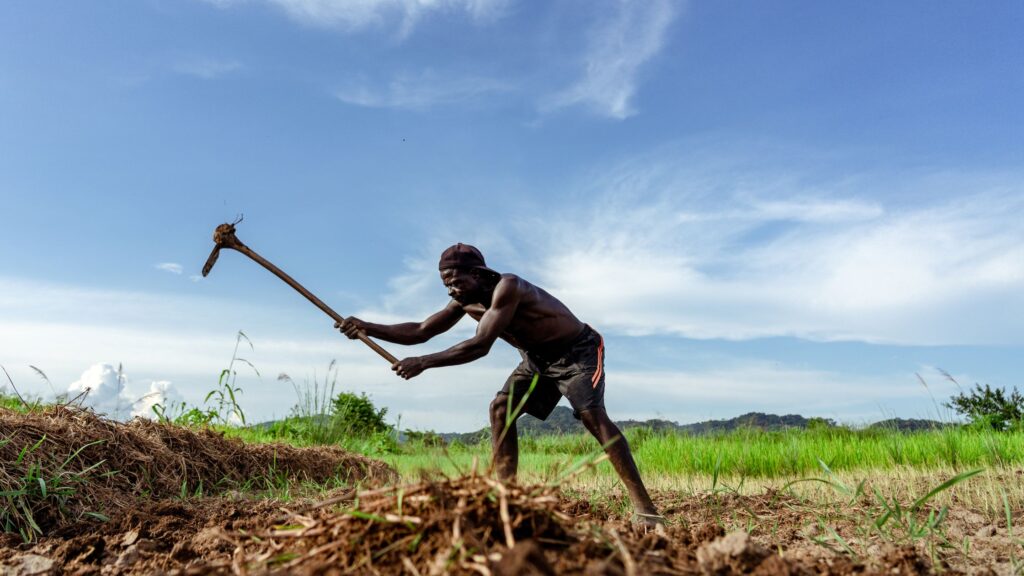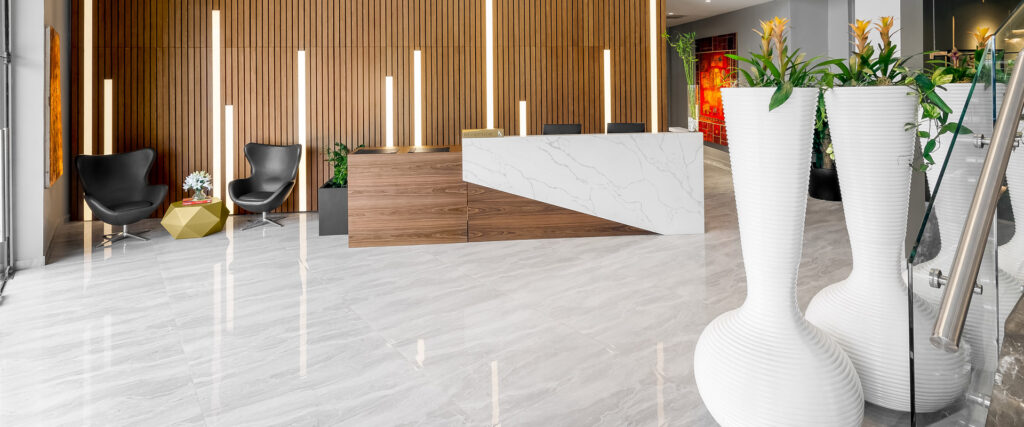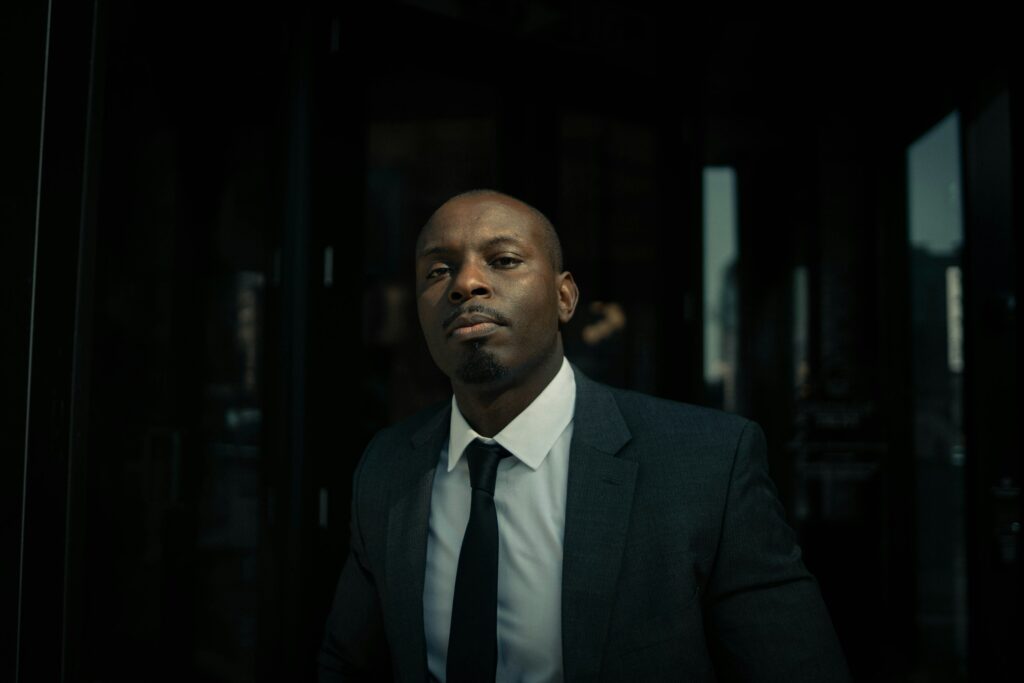At 26 storeys tall, Cocoa House was the first ever skyscraper built in West Africa. It paid homage to thousands of Cocoa Farmers whose labours had built the Western Region of Nigeria’s First Republic. It embodied Western Nigeria’s self-determination, economic vision and the tangible fruits of agricultural prosperity.
Unlike the groundnut pyramids of the Northern region that have long disappeared, Cocoa House still stands but in disrepair. But it stands nonetheless, to the memory of those who built it as the symbol of the economic aspirations of Western Nigeria.

The Birth of the Vision
The story of Cocoa House began in the late 1950s with Chief Obafemi Awolowo, the region’s first Premier. Awolowo had envisioned an economic blueprint that would use the cocoa wealth of Western Nigeria to economically transform the region. The building was initially called Ile Awon Agbe or the House of Farmers in Yoruba. It would later be changed to ‘Cocoa House.’ This new name associated it with proceeds from the exportation of the cash crop, a mainstay of the region. The name was also an allusion to a cocoa tree in front of the house.
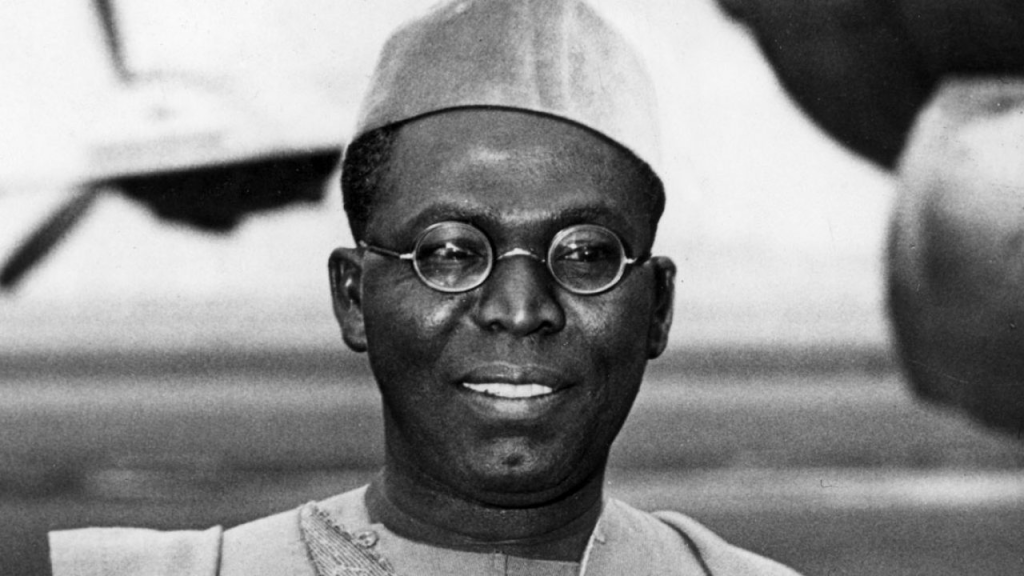
The Men Behind the Monument
The building was facilitated through the National Investment and Property Company (NIPC). In 1952, the Banking Ordinance, a regulation that forbade banks from direct involvement in property acquisition and development, was introduced. This prevented Nigeria’s first indigenous banks (or mushroom banks as they were called) from being used to finance political activity.
In 1958, under Awolowo’s leadership, the Action Group created the NIPC. Its aim was to replace the National Bank of Nigeria, which had handled such functions for the party. The company was led by business luminaries of the era including Dr. Akinola Maja who served as its Chairman. The luminaries brought extraordinary business acumen to the endeavour.
Between May 1959 and May 1962, the NIPC had raised enough money to initiate work on the building. The construction contract was awarded to an Italian firm, Messrs Cappa and D’Alberto. Dugbe, a gate market in Ibadan in present-day Oyo State, was chosen as the site. By 1964, the building was ready for delivery. It stood at 105 metres, an unprecedented height for a building in West Africa at the time.

Political Turmoil and Delayed Glory
The political landscape of Western Nigeria had changed dramatically by the time Cocoa House was completed in 1964. The Region was torn by a bitter feud between Chief Awolowo and Chief Ladoke Akintola. The once-unified leadership of the Western Region had fractured and Awolowo and his former lieutenant, Chief Samuel Ladoke Akintola, were now bitter rivals.
It was such an irony that it was Awolowo’s arch-rival, Chief Samuel Ladoke Akintola who eventually commissioned the building on July 10, 1965. With Awolowo in jail in Calabar on charges of treasonable felony, the Akintola government twisted the knife and established an inquiry to determine the ‘real ownership’ of Cocoa House.
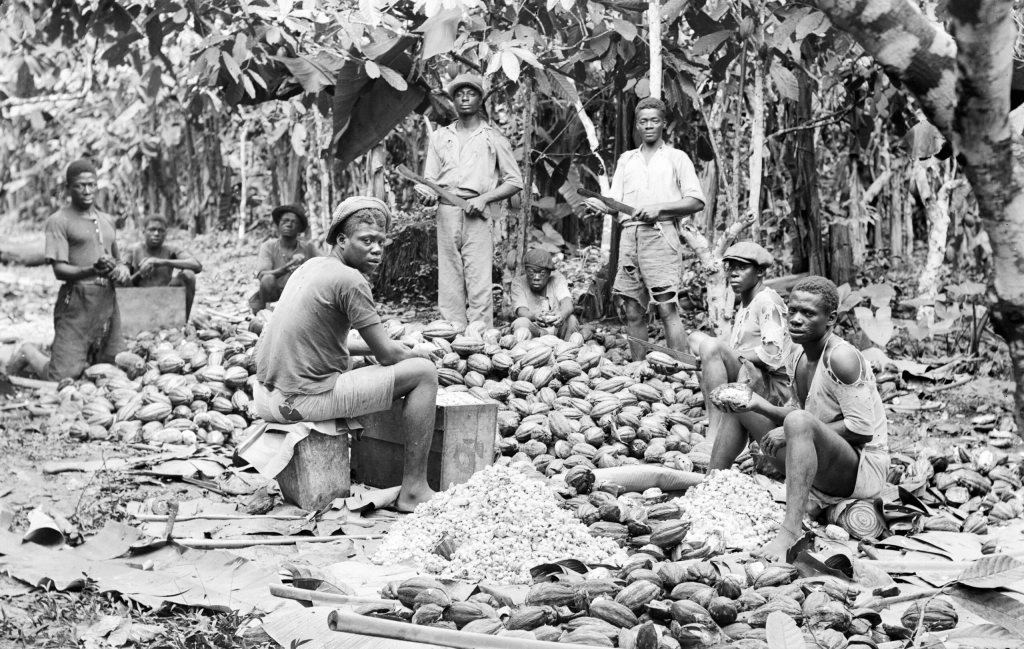
Cocoa House in a Golden Era
Cocoa House was just one jewel in the crown of the Western Region’s impressive development during this period. Under Awolowo’s leadership, the region had established numerous firsts: the first television station in Africa (WNTV) on October 31, 1959; Liberty Stadium, also Nigeria’s first stadium; Bodija Housing Estate, also Nigeria’s first housing estate, etc.
Cocoa House quickly became a centre of attraction and a tourist delight. Its presence transformed Dugbe into the economic nerve centre of Ibadan. The neighbourhood flourished with businesses that were owned by Syrians, Lebanese and Nigerians. The commercial hub expanded to include markets, Barclays Bank (now Union Bank), Standard Bank (now First Bank), Cooperative Bank, Radio Nigeria, Aje House and branches of multinational companies like PZ and John Holt.
For nearly two decades, Cocoa House reigned as the tallest building in West Africa. No building challenged its dominance of the Ibadan skyline until 1982, when a 12-floor glass building, popularly called “Broking House,” “Glass House,” or “Femi Johnson”, was opened by the insurance and risk management mogul Femi Johnson. And it wasn’t until 1979 that the NECOM building in Lagos, with 32 floors and a height of 160 metres, eventually overtook Cocoa House as West Africa’s tallest building.
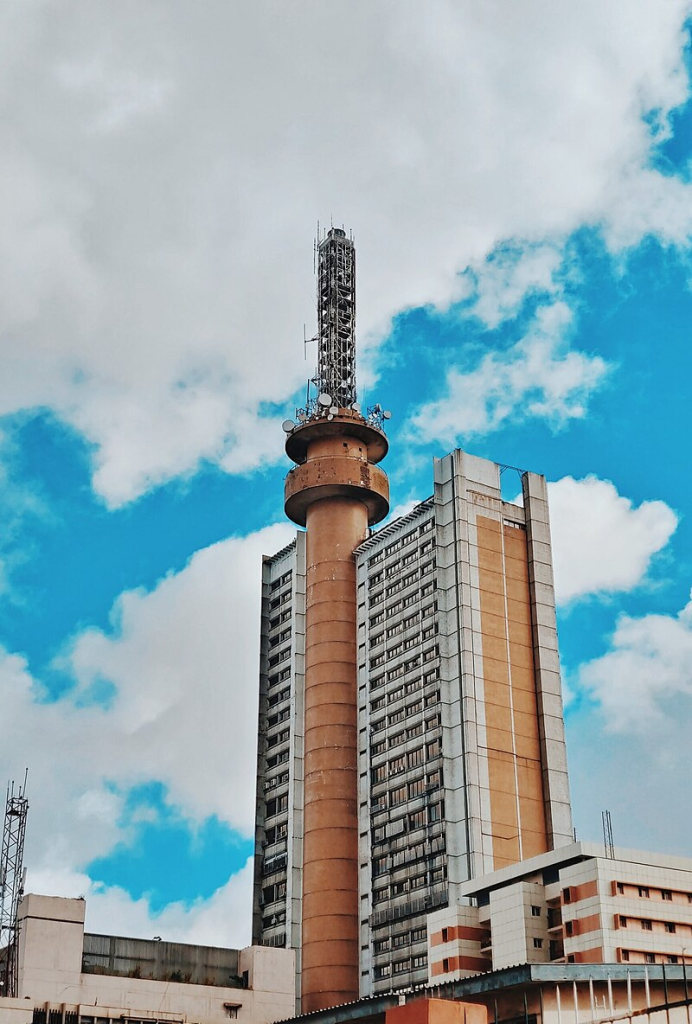
Trial by Fire
On January 9, 1985, Cocoa House suffered a devastating fire that is believed to have originated from malfunctioning electrical equipment in the National Bank’s administrative office on the 13th floor. The inferno spread rapidly and consumed everything in its path.
Firefighters in Ibadan lacked both the equipment and expertise to combat a blaze in a skyscraper. Tragically, some of the firefighters were caught in the inferno and lost their lives. After the fire, the building was closed to the public. The Military Governors of Oyo, Ondo, and Ogun States established an inquiry comprising top experts from the Nigerian Institute of Architects and Nigerian Institute of Engineers.
They concluded that Cocoa House should not be demolished, but instead rehabilitated to restore its glory and beauty, as the foundation was still intact. A rehabilitation fund-raising committee was established, and by August 1992, Cocoa House reopened its doors to the public. In its rehabilitated form, the building now resembled a cocoa pod rather than its previous hollowed-side look.
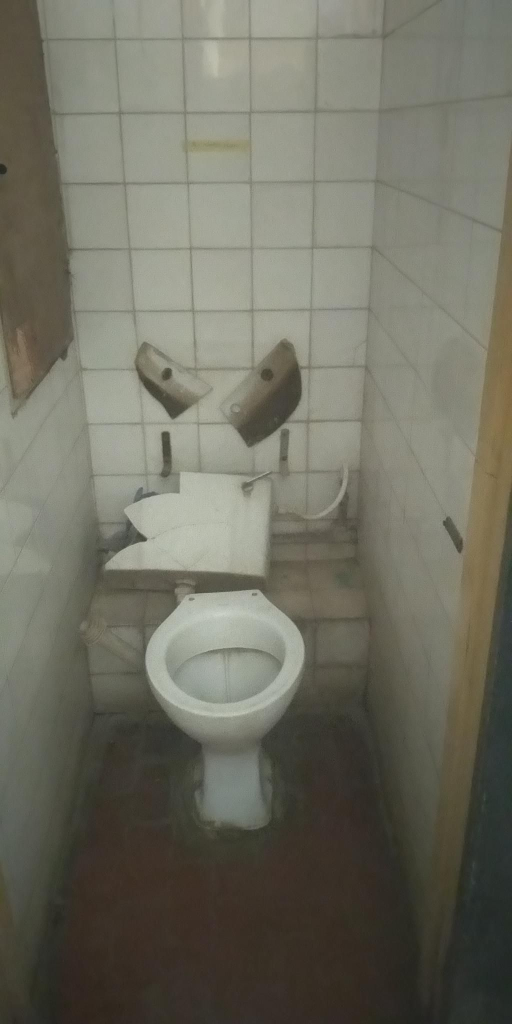
Cocoa House Today: A Legacy in Decay
Today, Cocoa House is at a crossroads between its storied past and uncertain future. Now managed by Wemabod Estates Limited, a subsidiary of O’dua Group of Companies (owned by six southwestern states of the former Western Region, Oyo, Ogun, Ondo, Osun, Ekiti and Lagos), the building generates millions of naira in revenue.
Yet despite making money for the six states, Cocoa House suffers from neglect and poor maintenance. Since its 1992 reopening, the building has not received a fresh coat of paint on its outer walls. According to occupants interviewed by Pulse, of its four elevators, only one functions reliably. Its toilets are in disrepair, windows lack proper fixtures and water supply is inconsistent. Electrical cables sprawl haphazardly, creating another potential fire outbreak.
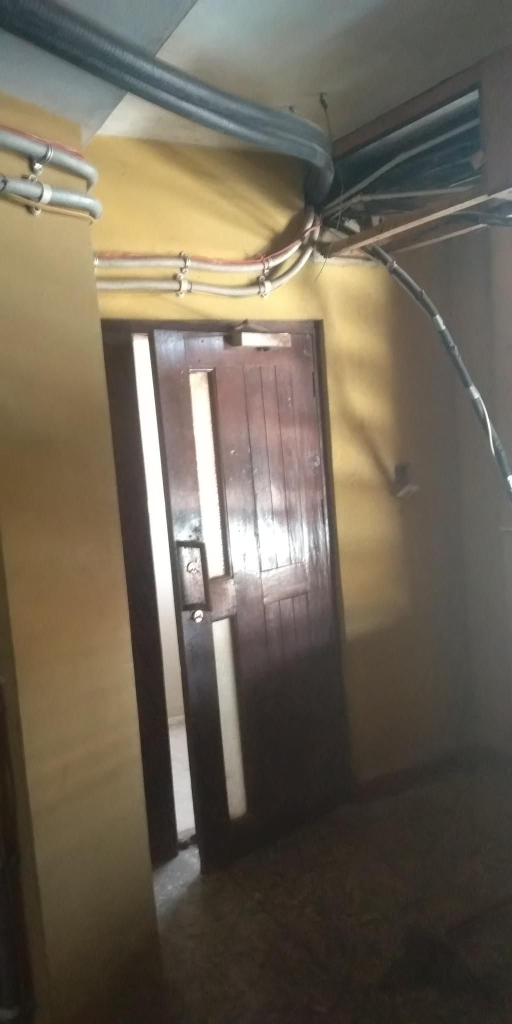
Though tenants pay premium rates for space including additional fees for generator space, maintenance, electricity, and even spaces for satellite dishes and masts, Pulse found that basic maintenance remains woefully inadequate.
Management policies further frustrate tenants. Workers cannot use the sole functioning elevator during weekends and public holidays. This means that staff from media companies and other businesses that operate seven days a week get to climb dozens of flights of stairs. Water is unavailable on holidays, with tenants instructed to fill containers in advance.
On the 24th floor, a museum displays early Yoruba artwork, clothing, kitchenware, tools of war and artefacts representing the Yoruba way of life. These cultural treasures offer a glimpse into the heritage that Cocoa House was built to celebrate and sustain. In 2013, a Hall of Fame was inaugurated by Nobel Laureate Wole Soyinka to honour high-achieving Yorubas.
Cocoa House Today
Unlike the groundnut pyramids of Northern Nigeria which have all but disappeared, Cocoa House has withstood the test of time. It continues to dance in the sky serving as a childhood fancy for many Nigerians and a testament to what is possible when agricultural wealth is wisely invested. It stands as one of too many symbols of Nigeria’s uneasy relationship with its own aspirations.



